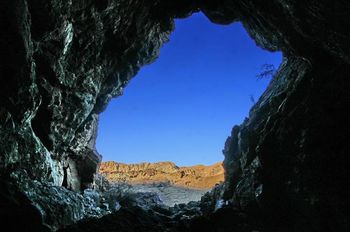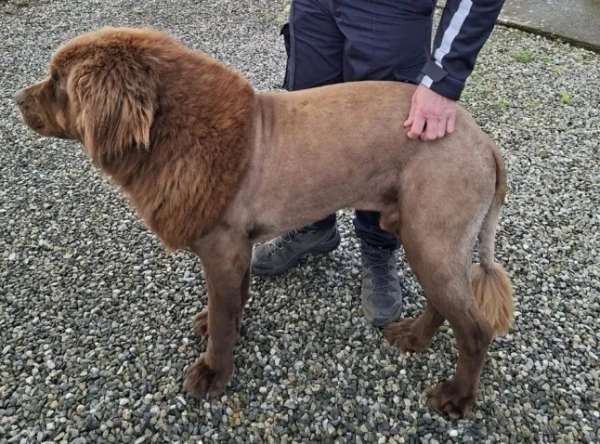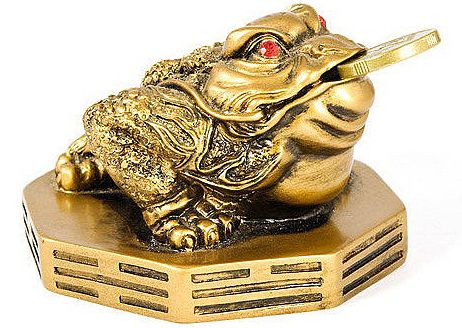
Eastern legends always arouse keen interest, as most of them tell of mysterious events, miracles, extraordinary things, and beautiful places. One legend tells of the existence, dating back to ancient times, of a certain city of silver in the East, where the streets were paved with silver bricks, the walls of the houses were made of gold, stunningly beautiful birds sang, and unusual plants grew there.
In the 19th century, a teacher from a regular school in Bishkek set out to find this beautiful city described in legend. The search took two years. The result stunned the explorer. The wondrous city turned out to be hell on earth, an earthly curse that had destroyed many lives. It turns out that the fabulous place from the legend was a mine where silver ore and lead were extracted. And its name was quite fitting—the Mine of Doom, or Kan-i-Gut. This mine is associated with Khan Khudoyar, who used condemned men and leaders of protest groups displeasing to the khan as miners. All of them were to disappear without a trace in the labyrinthine dungeons where the treasures hidden in the mine's depths were mined. The condemned were lowered into the underground tunnels, and the khan was indifferent to their fate and lives. If the unfortunates managed to emerge from the dungeons without silver, severe punishment awaited them. To avoid death, the unfortunates invented incredible stories. For example, about a miraculous camel with precious stones instead of eyes, or about an unusual underground plant, about fences built deep underground from silver bricks, or about terrible maidens guarding treasures. Over time, the stories gradually acquired new incredible details.
In the 9th and 10th centuries, the ore and gemstone processing industries flourished near the mine. The mountains surrounding the mine yielded not only silver and lead, but also iron, copper, gold, turquoise, lapis lazuli, and rubies. The Fergana Valley was particularly famous for its ancient and rich mines, where, in addition to the aforementioned minerals, oil, coal, mercury, copper, tin, and ammoniac were found.
The renowned Arab geographer Istakhri, who lived in the 10th century, wrote about the deposits in this region: “There is a mountain of black stones that burn like charcoal.” In the 10th century, warriors of the East learned to use oil in warfare. For this purpose, they constructed a throwing weapon called “naftandoz.” It was used in the capture of fortresses and the siege of cities. The principle of operation was quite simple: small pear-shaped containers with fuses were filled with oil and thrown by a throwing device into the besieged city.
The mines employed not only convicts and slaves, but also local residents from nearby villages. The work of a medieval miner was difficult and dangerous. Exploration of underground passages has uncovered not only hammers, axes, cauldrons, and lamps, but also shackles and even the remains of miners. The mined silver not only met the needs of the eastern state but was also exported to Eastern Europe, the main consumer of silver from the mines of Central Asia at the time.
The very first detailed description of the Kan-i-Qut mine was written by the renowned Arab physician and philosopher Avicenna. He advised those who dared to enter the Mine of Doom to recite a prayer before entering. Avicenna left the following account of the mysterious deposit: “The sages have hidden all the gold and jewels of the world in various places, and it is not easy to take possession of them. … There is a city lying among the mountains, named Isfara. In its region is a place called Gut. The sages left treasures in that place and placed a spell on them. Descriptions and stories about this are countless.” Ibn Sina was greatly intrigued by the cave: he described the path to the mine as a road to the Muslim paradise, and those traveling through the cave's tunnels had to overcome numerous obstacles in the esoteric cave.
A thorough exploration of the mine began in the 19th century, revealing that the cave had several entrances, with elevation changes of approximately 60 meters. The total length of the underground deposit's passages remains unknown, but it is believed to extend up to several hundred kilometers. Studying this fascinating mine is complicated by its location in a seismic zone. One of the secrets of the Kan-i-Gut mine is that it contains minerals considered not only extremely rare but also striking in their magnificence and uniqueness. Another remarkable feature of this underground cave is the presence of extraordinary helectites (the “green plants” of ancient caves).
The history of the Kan-i-Gut cave is closely linked with Central Asia. The mine reached its peak in the 10th and 11th centuries. Gradually exhausted, the deposit lost its significance and was abandoned. All that remained was a dark and terrifying dungeon, forever known as the “Mine of Doom.” According to shepherds who know all the paths around the mysterious mine, incredible treasures are hidden in the underground labyrinths, but they are jealously guarded by a magical force that destroys anyone who dares to search. In futile attempts to find this fabulous wealth, daredevils have become lost in the numerous labyrinths and perished under boulders crumbling due to frequent earthquakes.
In 1920, Basmachi gangs hid in the mine's caves. However, at the same time, the Kanigut Expedition was organized, which began a large-scale exploration of the mine. The group included specialists in zoology, geology, meteorology, botany, and archaeology. Within 20 days, the expedition members prepared a plan of the underground system, naming the numerous passages, chambers, and descents: “Bottom of the Second Abyss,” “Pool of Red Water,” “Bridge of Sighs,” “Camel Grotto,” “Dragon Labyrinth,” “Hall of Skeletons.” Archaeologists subsequently proved that Kun-i-Gut is the most unique deposit in Central Asia in terms of the scale and duration of its mineral extraction.
Today, it is known that most of the labyrinths, chambers, cliffs, and chasms remain unexplored, as there are insufficient technical resources and trained specialists capable of carrying out this work. Yet, most likely, Kan-i-Gut holds the key to unraveling the mysteries of archaeology and history that have baffled scholars of all ages.
The following fact is very interesting. An ancient will of Ramses III, preserved in the British Museum, states that the pharaohs exploited the mineral reserves inherited from the ancient kings for a long time. This leads to the theory that the ancient mines were the work of aliens. Perhaps the aliens, far from their home planet, felt the need to create technological equipment for the extraction and processing of rare metals. They took the most reliable route—the creation of slave miners. Using primitive tools, the slaves extracted the minerals the aliens needed. Centuries passed, and humans began to use the ancient mines for their own needs.
The Kan-i-Gut mine was no exception, as it most likely has a more mysterious history, and its chronicle began long before Avicenna and Khan Khudoyar.





